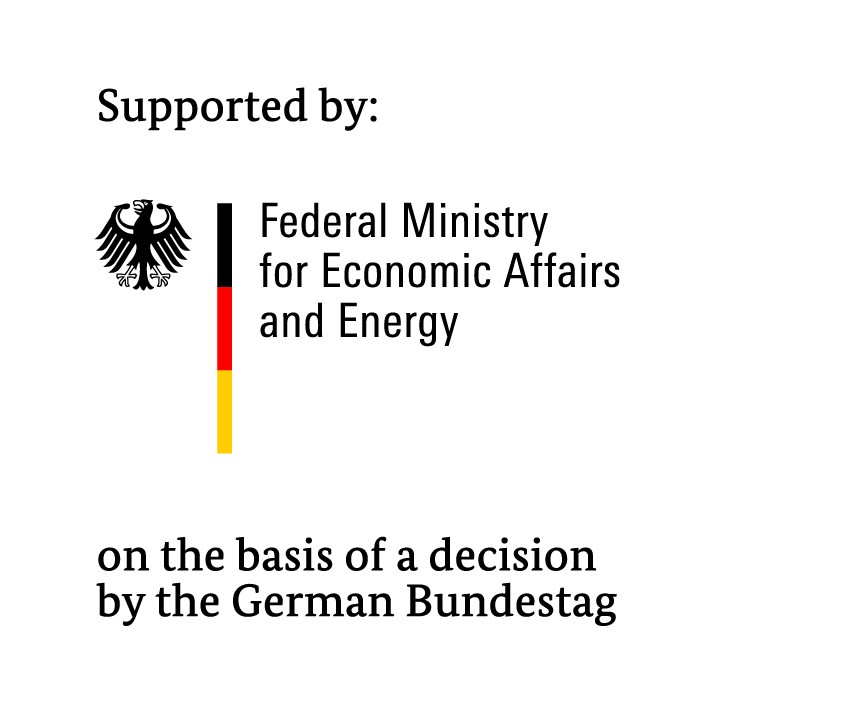Analysis of generation adequacy in south Germany considering the European coupling of the electricity markets (AVerS)
- contact: Dogan Keles, Christoph Fraunholz
-
project group :Energy markets and energy system analysis
- partner: - Karlsruher Institut für Technologie: Lehrstuhl für Energiewirtschaft
- Technische Universität Dresden: Lehrstuhl für Energiewirtschaft
- Fraunhofer-Institut für System- und Innovationsforschung ISI
- ESA² GmbH - start:
01/2016
- end:
12/2019
The project „AVerS“, which is funded by the Federal Ministry for Economic Affairs and Energy, aims to analyze generation adequacy in (Southern) Germany given the phase out of nuclear energy and the increasing share of intermittent renewable energy generation. The research expertise of KIT, Fraunhofer ISI, TU Dresden and ESA² GmbH is combined in this 3-year project (06/2016 – 05/2019).
An essential part of the study is to incorporate the development towards a Single European Electricity Market and the introduction of capacity mechanisms in Germany’s neighboring countries. These developments have an enormous impact on the total domestic, but also regional generation capacities.
Previous analyses on generation adequacy are extended by three major aspects:
- The impact of different market design options in Germany and its neighboring countries on generation adequacy in (Southern) Germany,
- the impact of European market coupling mechanisms on generation adequacy in (Southern) Germany,
- the contribution of demand side management to generation adequacy.
Different modeling approaches from the project partners, each having their specific strengths, are coupled in order to address the research questions of generation adequacy in a proper manner. The coupling of these established models allows to give detailed insights on aspects of generation adequacy in Southern Germany, that have so far not been analyzed yet.
The study serves to derive policy recommendations to design an electricity market for Germany that preserves a sustainable, cost-efficient and secure supply of electricity.
